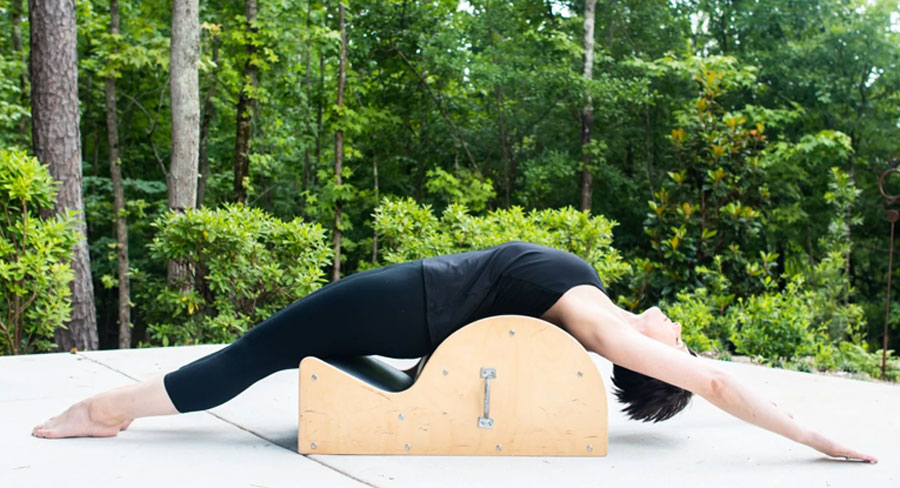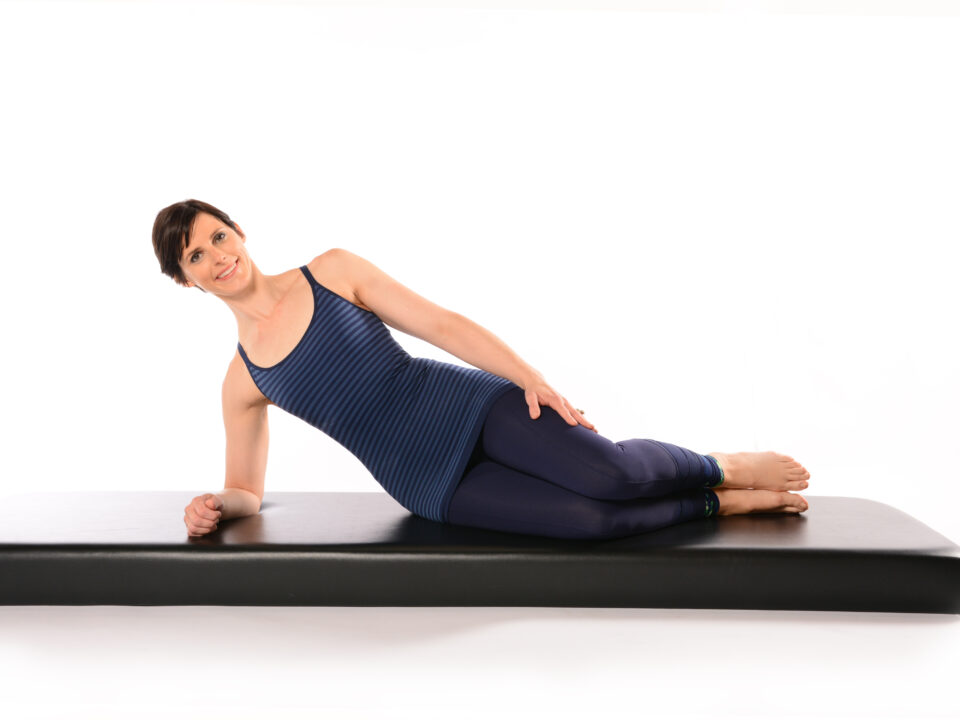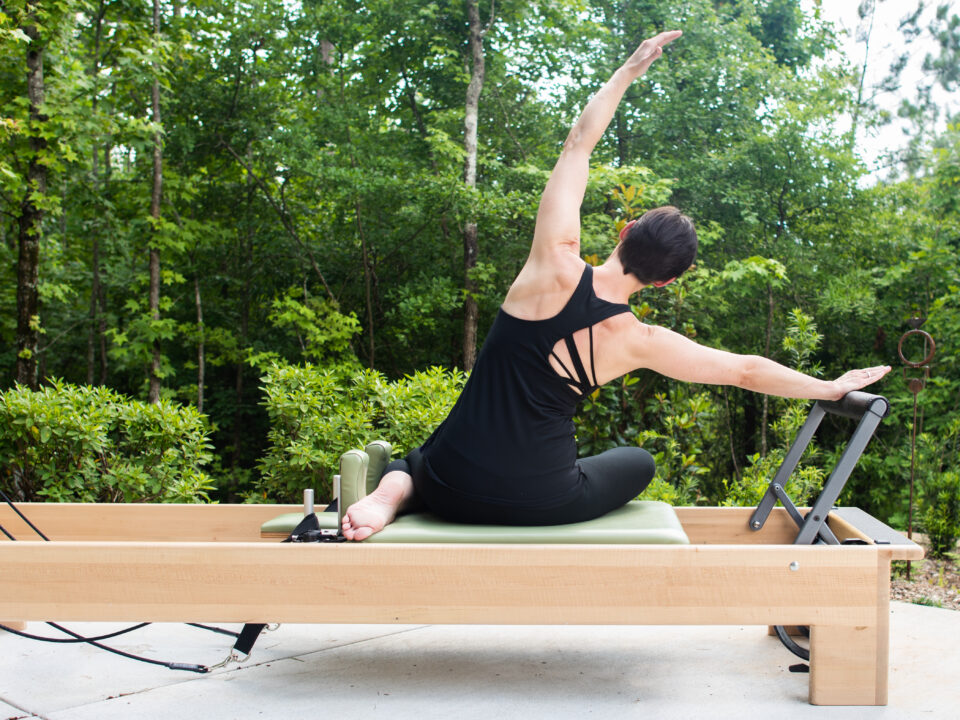- Mon - Fri
7.30 AM – 5.30 PM
Other hours upon request - 770-487-1931
Osteoarthritis

The what, why, and how
Osteoarthritis (OA) is the most common type of arthritis. It is also referred to as Degenerative Joint Disease. Don’t get scared by the fancy name, though. Degenerative just means a decline, while dis-ease just implies a lack of ease. This arthritis occurs when the flexible tissue (cartilage) starts to wear down at the end of the bones in a joint.
Symptoms:
Pain, joint damage, limited mobility. It usually occurs in the hands or the weight-bearing joints such as the knees resulting in inflammation. And is caused sometimes by injury, but can also be genetic predisposition. It is exacerbated by lack of exercise or overstress by improper body mechanics/movement and weight.
Think about all of the wear and tear on your body … Over time, the cartilage also ages and begins to break down. With the overuse or misuse of the joints and muscles and tendons, we often don’t have the musculature to adequately support the stress we put on our joints.
Good muscle composition and function supports healthy joints. The ligaments that hold bone to bone can become lax (misuse, overuse, injury), allowing the irregular wear patterns in the joint and more stress on the cartilage in the joint. And this contributes to the break down.
Cartilage isn’t that tough, but it is regenerative. Take care of the joint and make sure the cartilage has the food and environment to grow and stay healthy to prevent it from breaking down. Part of taking care of the environment of the joint is to work on the supporting muscles. In our August article on posture, we mentioned the skeletal system being supported by the muscular system, not the muscles just hanging on the bones. Everybody experiences the loss of muscle as we age; however, some of that loss can be prevented or combated with good diet and exercise.
Diagnosis:
So, how do you know if you have OA? Usually it is diagnosed by an x-ray.
But what if you already have it? Because OA deals with inflammatory changes, it is important to think about what can help reduce the inflammation at the site.
Treatment:
There is a common pharmaceutical approach. Anti-inflammatories are usually the primary course of action; however, there are many helpful and healthy things one can do instead of or in addition to, that can support and ease the arthritis in the joint.
Using the pharmaceuticals long term can be harmful. Some of the properties which prohibit inflammatory responses in the body target the stomach lining and its ability to heal, causing ulcers, etc. They also can increase the risk of heart attacks by changing the blood platelet composition. Be cautious when choosing your pharmaceuticals. Do your research.
There are also supplements which can help feed the regenerative process of cartilage production in the body. Look for one that supports the health of the joints.
Increase Omega-3s such as fish oils as well as increase Antioxidants. Ginger and turmeric are two spices that are anti-inflammatory. Hops is another beneficial plant. This doesn’t mean go drink a bunch of IPA beer (because you would have to drink a whole bunch to receive the benefits of the hops that we are talking about), but you can buy a compound of hops extract that can help soothe inflammation.
And also, there is the option of joint replacement. The best thing you can do for your body before and after joint replacement is to make sure your body mechanics and muscles are strong.
Don’t be a “weekend warrior”! –only getting your exercise on the weekend, living a more sedentary lifestyle during the week. While this might seem more time-efficient, it is not the best for the body – it overloads the body and creates excess stress on the joints and ligaments which haven’t had the regular work of the muscles throughout the week to support themselves. This is why regular exercise is so important.
Also, moderating your energy expenditure (in terms of regularity and intensity) can also be anti-inflammatory.
Other steps to take are to reduce weight if needed to decrease the load on your weight-bearing joints; keep your body in motion; and support your joints with good muscle structure.
Pilates is also a good form of movement/exercise for OA. Stretching and breathing helps with blood flow and oxygen to the muscles and tendons. Circulation through the body helps to relieve aches and stiffness.
Also, Pilates improves posture! This will help to relieve certain aches and pains in sitting, standing, and even in moving as you learn better body mechanics.
We all should be better movers (and sitters)!




